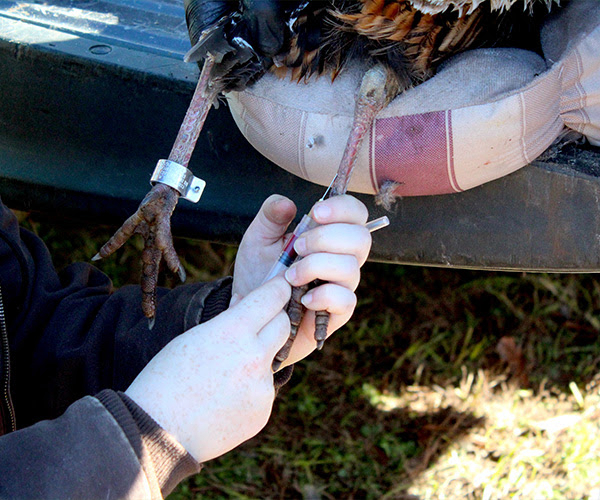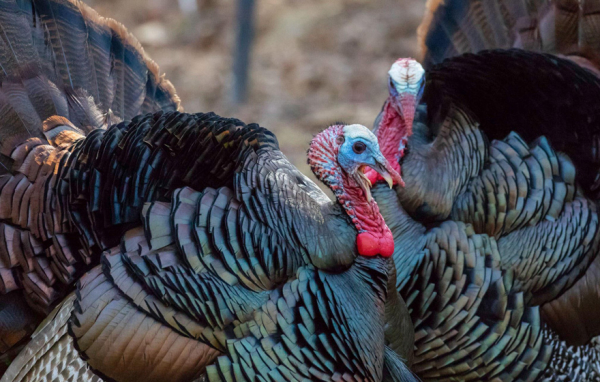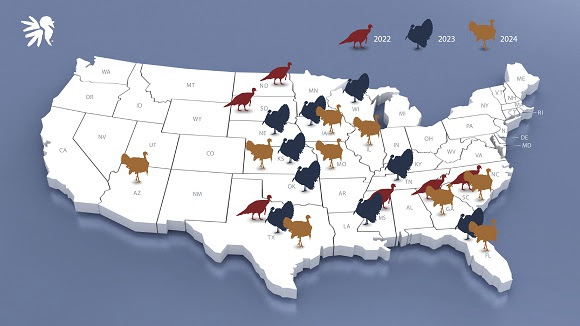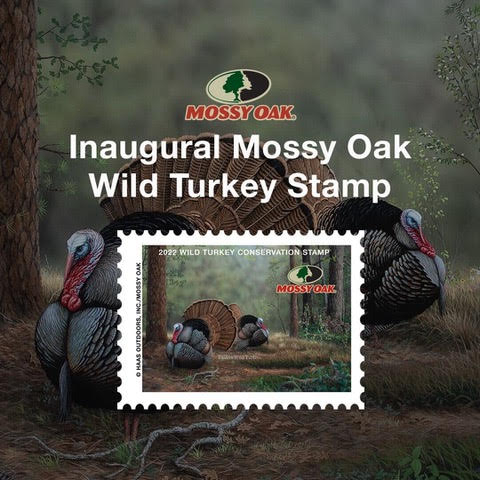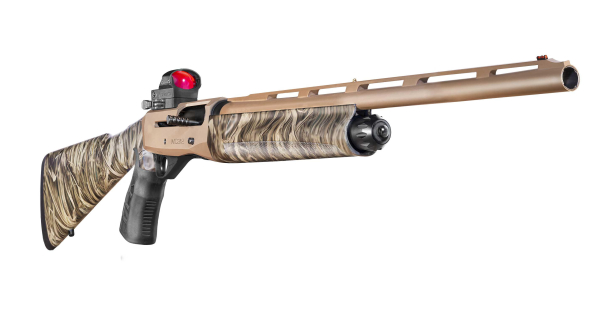Turkey Tips
By Glen Wunderlich
It doesn’t seem like long ago that I hunted wild turkeys for the first time on state land near Atlanta, Michigan. I don’t recall the exact year, but it was approximately 30 years or so, when I made my first trek up north for the wily gobbler. Back then, the percentage of successful hunters was close to a meager 5 percent. My how times have changed.
My shotgun of choice was a Spanish-made, side-by-side, double-barrel in 12 gauge configuration. I liked the looks of the gun, but as it turned out, I couldn’t hit a partridge perched in a tree with it. Really! I wish I could have broken that thing over my knee like a broomstick.
I also used a 3-inch shell full of #4 shot, but I didn’t know that the head and neck was the kill zone and not the body. Needless to say, I didn’t bag a bird in those days. Since then, I’ve learned a few things about tactics and patterning and loads and I’ll share some of them with you.
Having time to scout is more important than learning the idiosyncrasies of a diaphragm call or the nuances of a slate call. In fact, a good ambush point doesn’t require any calling at all. Learn where the turkeys roost, their travels lanes, feeding sites, and displaying areas, and you’re half way there.
I don’t hunt on thousands of acres of land, so I have no opportunity to chase after birds gobbling from afar. That means a fixed position works best for me. Pop-up blinds work great for number of reasons: 1) The hunter is totally concealed, which means subtle movement within the blind is tolerable by the birds 2) Blinds are better than camouflage; they are invisible to turkeys, and 3) A comfortable chair inside can make prolonged hunts possible and even comfortable – even in rain.
I use either a lone hen decoy or a pair of them. There are many advocates of different decoy set-ups, but I like to keep it simple. I have found that live hens will actually be attracted to the inexpensive decoy models and will sometimes take a nap near me next to the phonies. And, when you have live female “decoys”, toms “know” it’s safe to strut on over, thus turning their natural wariness into a vulnerability.
Before spending a small fortune on a turkey choke, pattern what you have. More open chokes are best suited for heavier shot size such as #4s. With the wrong combination of shot size and choke, patterns can be downright lousy. It’s best to test different shot sizes and brands before coming to any conclusions about your choke.
Patterning is best done at 40 yards, because that’s the effective range for ethical purposes. Mark a small aiming point on a large sheet of paper and count the number of hits inside a 10-inch circle within the heaviest concentration of shot. You can also use a felt marker to draw a turkey head and neck on the paper. You’ll need a minimum of 6 hits on target to be effective. Fixed sights that are off center in any direction means you’ll have to compensate or add a scope.
Make sure to check your pattern at 30, 20, and 10 yards, too. Tight chokes can result in clean misses at close range, if you are not aware of how your shotgun and load perform in close encounters.
Turkey loads are expensive – as much as $4 per shot. But, you may find that more inexpensive brands work well, but only testing will tell. Use good hearing protection, good shoulder protection like a pad or folded cloth under clothing – especially for youngsters – and, you’ll be less likely to flinch. Above all else, press the shotgun firmly into the shoulder to minimize felt recoil. (Hint: While testing, load a partner’s gun for him or her during the patterning session. Slip in a spent shell (or suitable snap cap) and watch for self-imposed recoil.) For youngsters or ladies, consider a 20-gauge shotgun or lighter loads, because it’s all supposed to be fun, not painful.
By taking the time to prepare properly, you’ll have confidence when that trophy comes calling.



